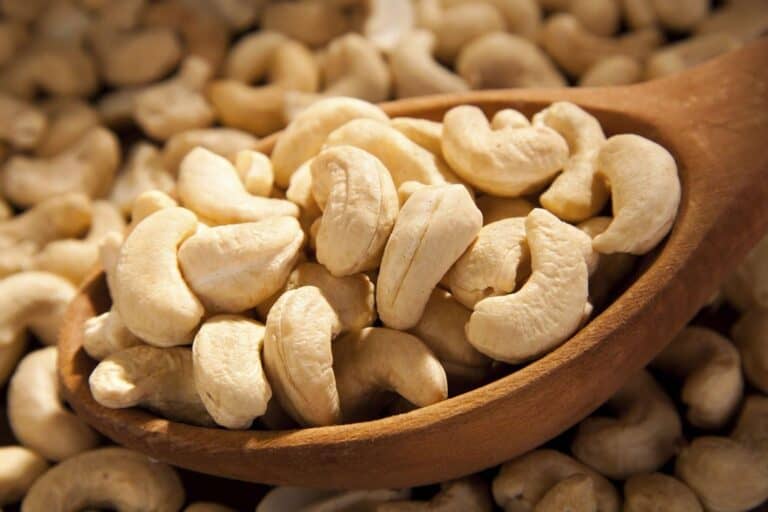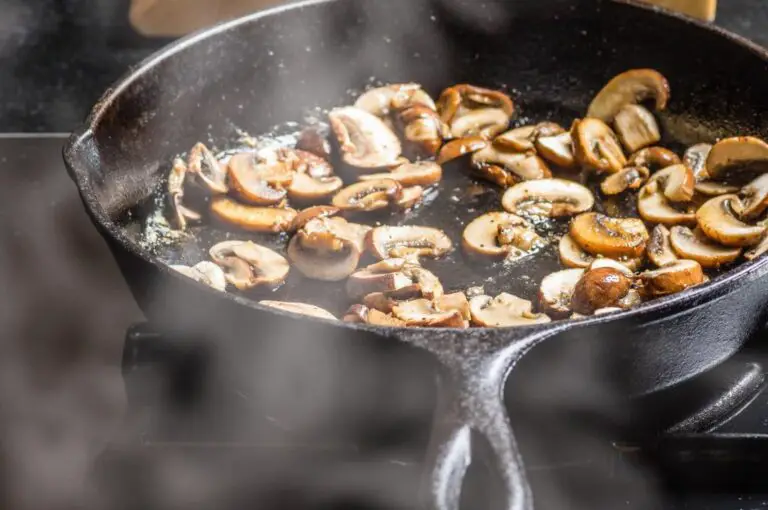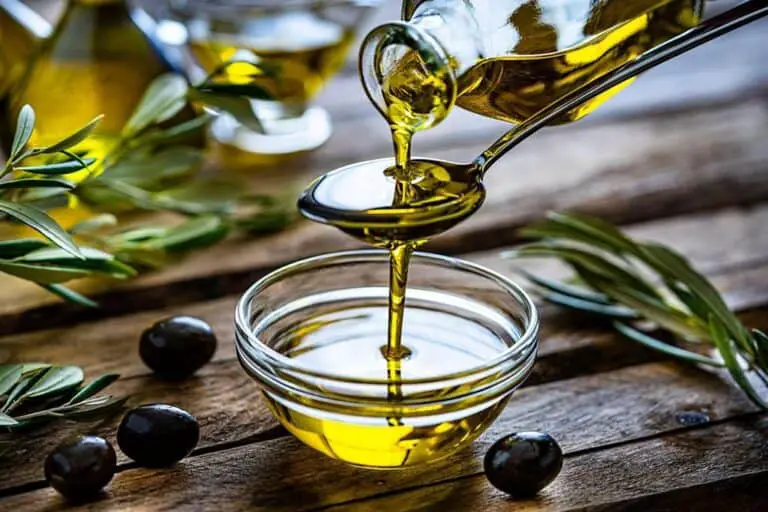The Truth About Bananas with Green Spots: Are They Safe to Eat?
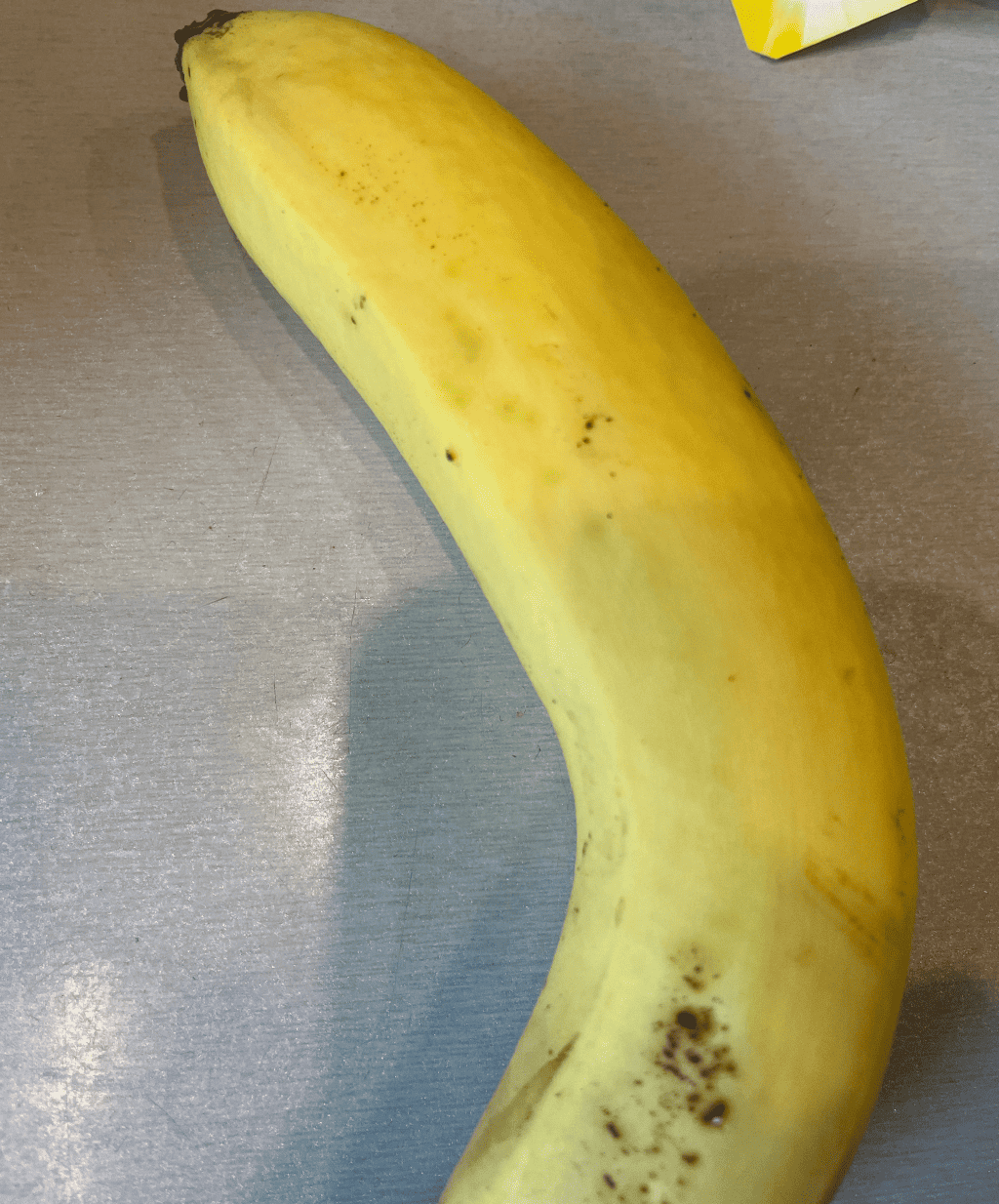
People all over the world eat bananas, which are a simple yellow fruit. But people often disagree about whether they are safe to eat while they still have their green spots on them.
As we learn more about the fascinating world of banana ripeness, colors that range from emerald to bright yellow come into view. Taste is not the only reason to learn about the stages of banana ripening. They also help you understand the health benefits and risks of each stage.
Think about this: There are a bunch of bananas sitting on your counter. Some are a warm golden color, while others are a more muted color. Not only do the different levels of ripeness affect how sweet or starchy your snack is, but they may also hide health effects you didn’t know about. You may find green spots on them and wonder if they are still safe to eat.
Today, let us peel back the layers. Let’s look at why those green spots might not just be a matter of taste. They are also a key sign of what is going on underneath. Join me on this fruity adventure as we learn about the science behind when a banana is ready to eat and figure out what it means for our plates and our tastes.
The Hidden Health Gems of Green-Spotted Bananas
Ripe bananas are praised for their sweetness. But, green-spotted bananas offer a different nutritional profile. It’s worth exploring. These unripe fruits contain more resistant starch, a type of fiber that supports gut health by serving as a food for beneficial gut bacteria. Additionally, green-spotted bananas have a lower sugar content compared to their yellow counterparts. It makes them a suitable choice for individuals monitoring their sugar intake. Don’t be quick to dismiss these under-ripened fruits; they hold unique benefits that can boost your overall well-being.
Adding green-spotted bananas to your diet may also give you prebiotics. Prebiotics are substances that feed the good bacteria in our guts. These prebiotics help your digestive system work better and help your body absorb nutrients better, which boosts your immune system and overall health.
Also, the higher levels of pectin in bananas that are not fully ripe can help control blood sugar levels and make you feel full, which could help you reach your weight loss goals. Accept the slightly sour taste and firm texture of green-spotted bananas as a change in texture and taste, but also as a choice to improve your nutrition and health in general.
Safety Concerns: Mycotoxins Risk
People often forget about the safety of eating bananas with green spots. They might contain mycotoxins. In some situations that help fungi grow, these harmful chemicals can build up in fruits like bananas. The green spots on a banana peel might show places where fungi have started to grow, which makes it more likely that mycotoxin will form.
Not all green-spotted bananas will have high mycotoxins. But, it is important to be aware of this risk. This is especially true for people with weak immune systems or health problems.
Mycotoxins harm human health. They cause mild symptoms like nausea and headaches. They can also cause severe issues. These include liver damage and, in extreme cases, cancer.
Ethylene Gas: The Orchestrator of Ripening
Bananas, those yellow gems we reach for with delight, owe much of their journey to ripeness to a humble but powerful gas – ethylene. This compound has no smell or color. It acts as the maestro in orchestrating the complex symphony of banana ripening.
When bananas are plucked from the tree, they continue to produce ethylene gas as part of their natural ripening process. This gas not only accelerates the softening of the fruit but also triggers complex biochemical changes that enhance flavor development.
Ethylene changes banana cells. It affects many enzymes in them. This causes the enzymes to turn starches into sugars, like sucrose and glucose. As these sugars accumulate, our once-green companions transform into sugary treats we adore. However, while ethylene plays a pivotal role in ripening bananas naturally, its impact extends beyond mere sweetness; it also affects the texture and aroma profile of the fruit.
Next time you spot those green speckles on your bananas, remember that an intricate dance controls ripening. Nature’s own ethereal conductor – ethylene gas – regulates it.
| Read: Are Bananas Flammable and Easily Catching Fire? |
Do Bananas With Green Spot Have a Harder Time Being Digested?
Bananas with green spots, which are unripe or underripe, contain resistant starch. This type of starch is not easily digestible and can make your digestive system work harder than usual.
It is also the reason why green bananas can fill you up quickly but may cause gas or bloating. Resistant starch has health benefits. It improves blood sugar control and insulin resistance. But, it can also cause digestive discomfort in some people.
If you are sensitive to resistant starch, you may find it harder to digest bananas with green spots. Ripe bananas have less starch and more sugar.
How to Choose Ripe Bananas
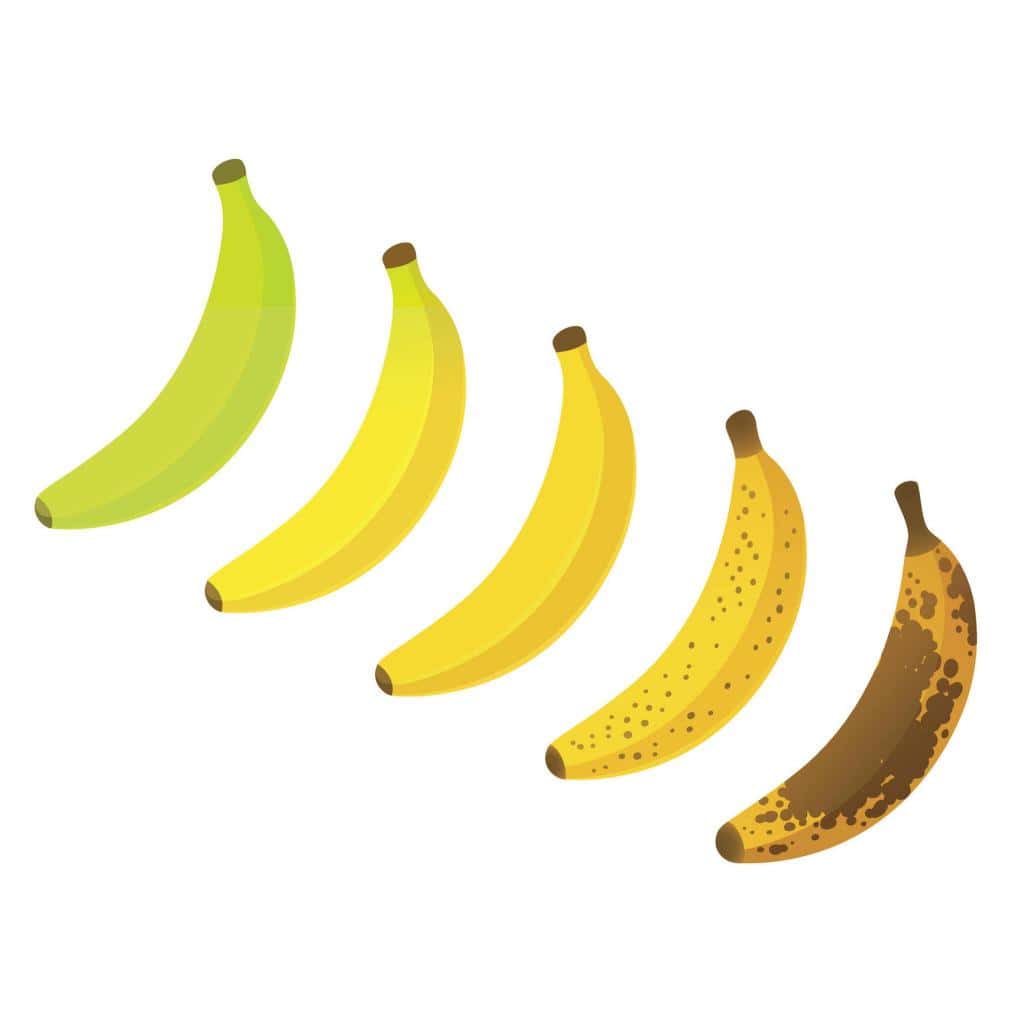
When it comes to selecting the perfect banana, look beyond just the color. While many people prefer yellow bananas, those with a few brown spots or patches may actually be sweeter and richer in nutrients. The key indicator of ripeness is not just the hue but also the feel of the fruit. A ripe banana should yield slightly to gentle pressure, signaling that it’s soft and sweet inside.
While green spots on bananas might seem unappealing at first glance, they can actually signify optimal ripeness. These spots indicate that the starch in the fruit has broken down into natural sugars, making them easier to digest and offering a sweeter taste.
Green bananas are fun to cook with. They are also good for you. This is because they tend to have more prebiotics. Prebiotics keep your gut healthy. When you are at the market and see those slightly freckled bananas, remember that they might be nature’s way of telling you they are ripe and full of good things.
Conclusion: The Verdict on Eating Bananas with Green Spots
In conclusion, the debate is over eating bananas with green spots. It largely hinges on personal preference and individual health considerations. While some may prefer ripe bananas with no green, others find the firmer texture and tangier taste of partially green bananas appealing. In terms of nutrition, these greener bananas still pack a punch. They have vitamins and minerals like potassium, fiber, and vitamin C.
In the end, as long as the banana isn’t showing signs of spoilage or overripeness, like messiness or an off smell, eating bananas with green spots should not pose risks for most people. It’s all about finding what works best for you and your palate.
Next time you see a bunch of bananas with green speckles, remember that they can be as tasty and nutritious as fully yellow ones. They can provide a versatile option in your fruit rotation!


